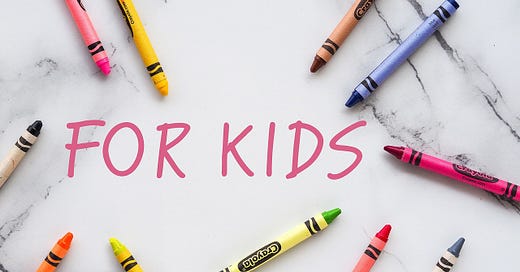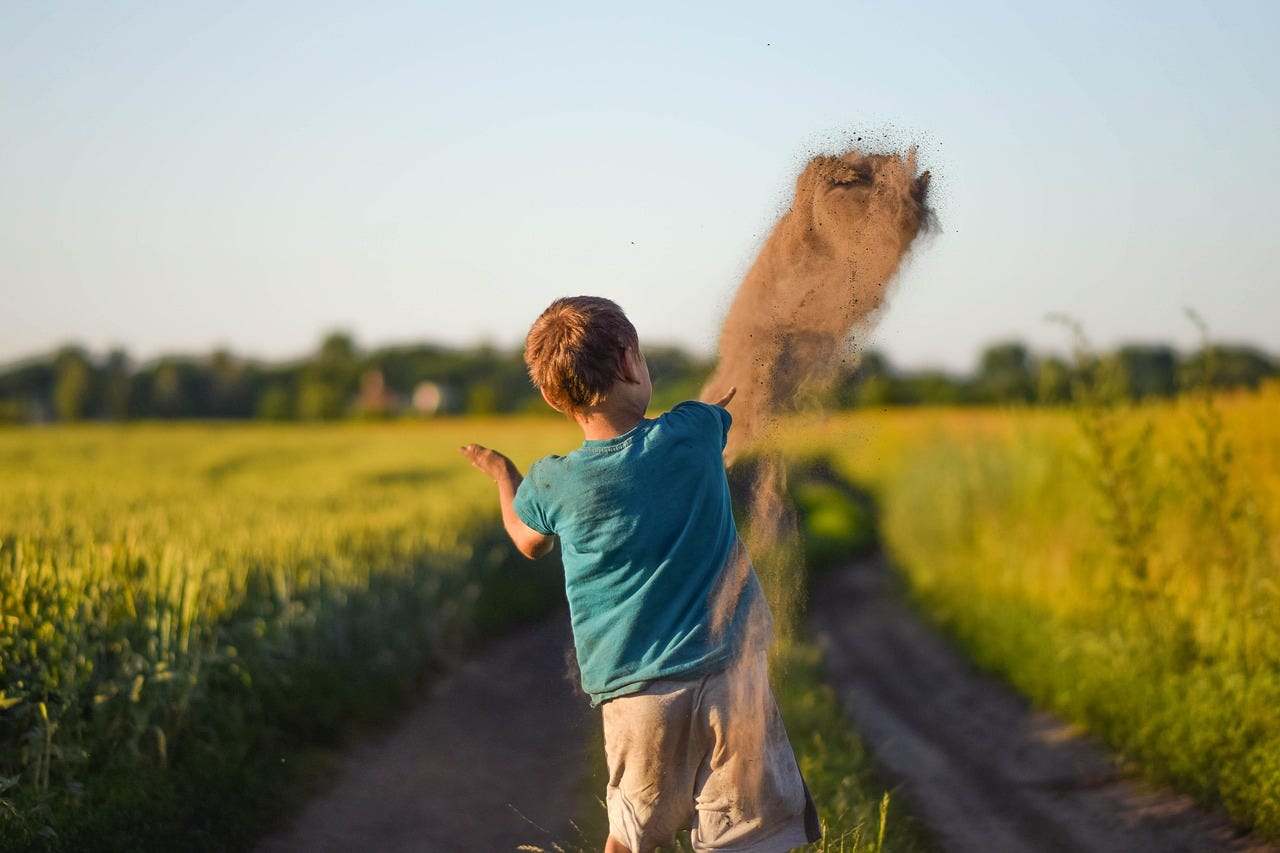Using Stories to Teach Science Concepts: Bringing Curiosity to Life
Preschool, Elementary, and Middle School
Imagine a child learning about gravity—not by reading a definition, but by following the story of a squirrel who keeps dropping his acorns from a tree, puzzled about why they fall instead of flying. The concept becomes real, memorable, and engaging. This is the magic of using stories to teach science.
Science can be intimidating when it’s presented as a list of formulas, facts, or abstract theories. But children are natural storytellers and story-lovers. By tapping into the power of narrative, educators and parents can transform science from something to be memorized into something to be explored, felt, and understood. Whether it’s a tale about a molecule on a journey, a robot learning how magnets work, or an adventurous child exploring the layers of the Earth, storytelling has the potential to make science both meaningful and magical.
Why Stories Work in Science Education
1. They Provide Context
Scientific concepts often feel disconnected from real life when introduced in isolation. A story gives context, helping kids understand why something matters. For example, teaching about the water cycle becomes more impactful when told through the journey of a raindrop named Drippy, who travels from the ocean to the sky to a mountain stream.
Context helps kids anchor the facts in something familiar or emotional, turning dry information into a relatable experience. Instead of memorizing terms like “evaporation” or “condensation,” students remember the parts of Drippy’s journey and associate those with the science behind them.
2. They Stimulate Curiosity
Stories naturally prompt questions: What happens next? Why did that happen? What would I do in that situation?
When a story is centered around a mystery—like why the sunflower turns its face toward the sun—kids become detectives. They’re not just receiving information passively; they’re drawn in, seeking answers. This intrinsic motivation to understand helps develop the mindset of a scientist: curious, observant, and eager to learn.
3. They Support Memory and Understanding
We’re wired to remember stories. Research shows that when information is woven into a narrative, it’s more likely to be retained. Stories offer characters, images, and emotions that give abstract facts a structure and a rhythm.
Think about how difficult it might be for a child to remember the parts of a cell by reading a textbook page. Now imagine the parts of the cell as characters in a bustling city—the nucleus as the mayor, mitochondria as power plants, ribosomes as tiny factories. Suddenly, it’s not just a diagram—it’s a place they’ve visited in their imagination.
4. They Make Science Inclusive and Emotionally Rich
Science is often perceived as objective and detached, but children learn best when emotions are involved. Stories help all learners—especially those who struggle with traditional methods—connect with content through empathy and imagination. This is especially powerful for neurodivergent students or those who are more narrative or visual learners.
Through stories, children of all backgrounds can see themselves reflected in science—girls becoming engineers in a tale, children of color exploring nature in their own neighborhoods, or kids with disabilities inventing their own scientific tools.
Ways to Use Storytelling in Science
1. Turn Concepts into Characters
Turn atoms into chatty neighbors, seasons into siblings with different personalities, or simple machines into superhero team members. Giving scientific elements human traits helps kids visualize and connect with them.
For example:
“Maggie the Magnet” could explain how attraction and repulsion work.
“Luna the Light Beam” can go on adventures through glass, mirrors, and prisms.
2. Read Science-Based Picture Books and Novels
There are countless children’s books that integrate science themes beautifully:
Ada Twist, Scientist by Andrea Beaty
The Magic School Bus series by Joanna Cole
Cece Loves Science by Kimberly Derting and Shelli R. Johannes
These books not only entertain but sneak in facts about biology, physics, and more—often without kids even realizing they’re learning.
3. Create Science Journals with a Story Format
Encourage children to write their own stories after completing experiments. For example:
“What if my vinegar and baking soda volcano was real?”
“Write a day in the life of a snowflake.”
This reinforces the learning while giving space for creativity and reflection.
4. Tell Historical Stories of Scientists and Discoveries
Narrate the lives of real scientists—Galileo, Marie Curie, George Washington Carver—not just for their discoveries, but their human stories: struggles, failures, and triumphs. Kids begin to see that science isn’t just about answers—it’s about persistence, curiosity, and the courage to ask questions.
Final Thoughts: Science Needs Story
In a world increasingly driven by scientific discovery and innovation, it's essential to help children not only understand science but love it. Storytelling is a bridge between facts and feelings, between information and imagination. It turns science into something alive—something that invites exploration, experimentation, and empathy.
By using stories to teach science concepts, we help children see that science isn’t something “out there” in a lab or a textbook. It’s in the garden, the bathtub, the sky, the kitchen—and their own boundless curiosity. And when learning feels like an adventure, kids are far more likely to keep exploring.






